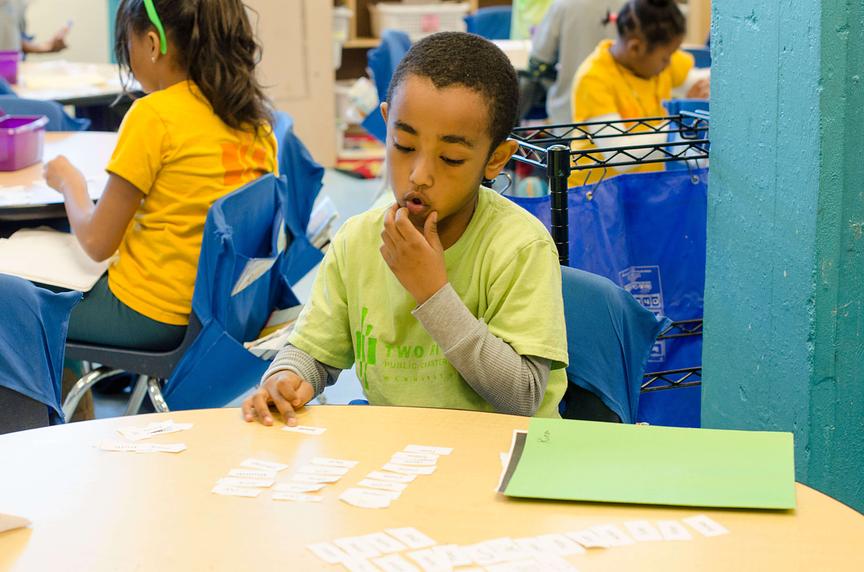Formative and summative assessment can provide useful insight into the gaps in a child’s knowledge and can provide meaningful information to help teachers to improve their practice in certain areas.However, when trying to evidence the effective teaching of more nuanced skills, for example, critical thinking, it can be challenging to demonstrate that this learning is taking place.
When looking at test results, teachers can be unclear about whether the student is struggling with a specific maths problem due to gaps in content knowledge, or if they have not formed problem-solving skills. Similar problems can arise in other content areas.This means that the data collected is not always reliable and makes it challenging for teachers to know where to focus their efforts.
In order to ensure children become critical thinkers to enable them to succeed in their future career, they must be able to demonstrate that they can apply these skills in previously unseen contexts.
In nations that utilize test-based accountability, like the United States, the lack of reliable assessments of critical thinking skills can create incentives for educators to focus too narrowly on the core content and basic skills that existing assessments are able to measure.
Two Rivers Public Charter School is a high achieving school in Washington, DC, USA. The school decided it wasn’t enough to allow the traditional methods of assessment to define success for their student, so they created tools that could give them a unique insight into how well they were meeting the needs of the students.
The assessments focus on critical thinking and problem solving, which is broken up into 5 constructs; ‘Effective Reasoning,’ ‘Problem Solving,’ ‘Decision Making,’ ‘Schema Development and Activation,’ and ‘Innovation and Creativity.’The idea is that these cognitive skills are content neutral and so should be able to be applied across the curriculum. Children are challenged to apply these skills outside of the original project that they first learned them in.
Teachers design a set of grade band specific rubrics for each skill being assessed, written in an accessible and understandable language. Then teachers assign to students a unique task, for example, a problem involving engineering using simple materials, different from what they have encountered before. Tasks are intended to be short, taking under one hour to explain and complete. A novel opportunity to apply one of those constructs provides the school with meaningful data on the student’s ability to transfer those skills, rather than on their mastery of specific content itself.
When completing these assessment tasks, students must identify what is known, what they need to find out and ideas for solutions. In doing so, they are provided with an opportunity to have a metacognitive moment, asking themselves ‘how is this working?’, evaluating their work as they go. Students then refer to the rubric to see if they are following it.
The language used in the rubric is accessible and precise so that everyone is clear of what is expected. If a student is assessing, for example, their own effective reasoning, they will assess against each of the components given on the rubric, for example ‘validity of the claim’ or ‘relevant support’ and then judge whether they are beginning, developing, accomplished or exemplary at showing this skill, based on the criteria in each box.
The Stanford Center for Assessment, Learning and Equity is providing Two Rivers with feedback on the task design, scoring and collaboration.
Two Rivers Public Charter School was provided with several grants to develop and test the validity of their assessments. These grants included support from the Assessment for Learning Project through the Center for Innovation in Education and the Next Generation Learning Challenges (NGLC), a Breakthrough Schools Grant through City Bridge and NGLC, and through New Schools Venture Fund.



